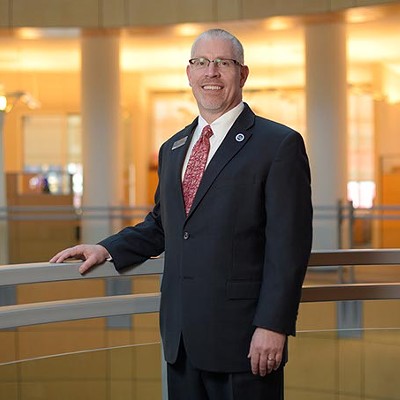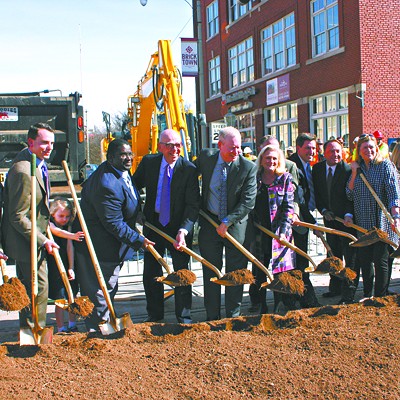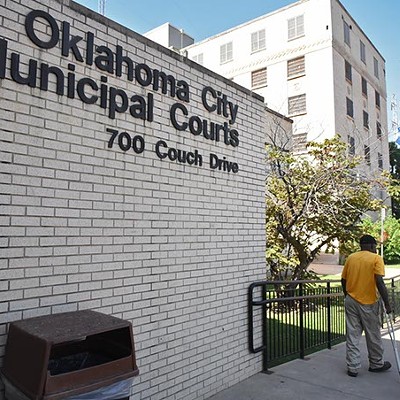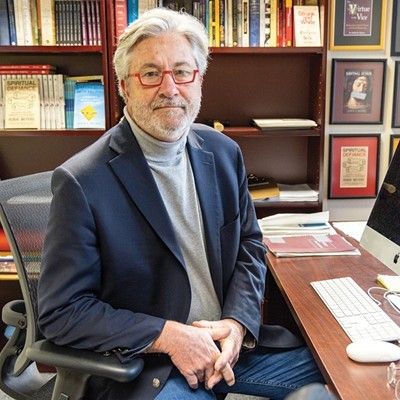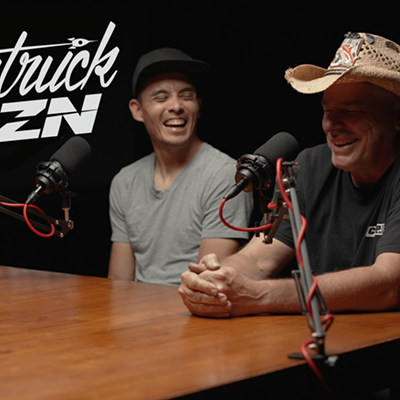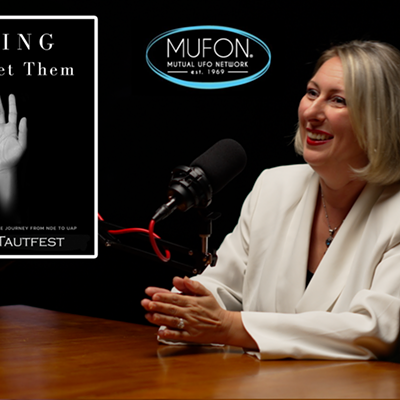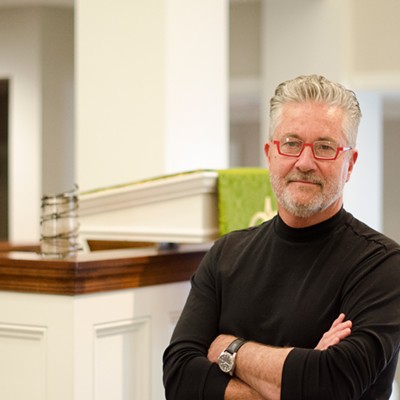Despite the progress made as a result of MAPS and the tremendous improvements currently under way through Project 180, we still seem to lose sight of a few fundamental principles of good urbanism, especially the fact that every foot really matters.
Every foot of distance matters to pedestrians. People traveling on foot typically are unwilling to walk farther than a quarter-mile, or 1,320 feet. And not every foot is equal. The poorer the quality of the walk, the shorter the distance people are willing to travel. Window-shopping with friends or strolling through the booths at the Festival of the Arts is much more enjoyable than journeying from the edge of a crowded parking lot or hurriedly crossing a busy street.
The poorer the quality of the walk, the shorter the distance people are willing to travel.
In Oklahoma City, where a standard city block is 400 feet long, and the average street is 80 feet wide, a pedestrian’s quarter-mile limit works out to about three city blocks. The challenge then is to pack every foot within this three blocks with as many destinations and as much activity as possible.
Simply put, the more buildings and building entrances, the better. The more cafe seating and retail storefronts, the better. The more street performers and street-food vendors, the better. The more people to watch and conversations to overhear, the better.
Detracting from the experience are ground floors offering limited activity and street engagement. This includes offices, banks and other sites with blank walls and reflective windows. Especially detrimental are residual patches of dirt or grass, surface parking lots adjacent to the sidewalk and drive-through lanes cutting through the curb. Every foot not adding value is taking value away.
Street width is also important to pedestrians. A 15-foot sidewalk feels much more comfortable than a 5-foot sidewalk, and fewer and narrower lanes mean shorter crossing distances and slower traffic. How this width is split between uses — sidewalks, bike lanes, parking and traffic — tells a story about the priorities of our city, a story easily understood by users.
If downtown is to become a place for people, we must place more value on land use and street edges. Initially, this might require some imagination in a city with some of the lowest land prices in the country, but increased urban activity will lead to an increase in real value. We cannot afford to build streets with unnecessary lanes, site projects on oversized parcels, or allow uses that detract from the overall urban environment. In a city for people, each and every foot matters, so let’s be strategic about how we use them.
Humphreys is a fellow at the Institute for Quality Communities at the University of Oklahoma and an adjunct instructor in the OU College of Architecture.

